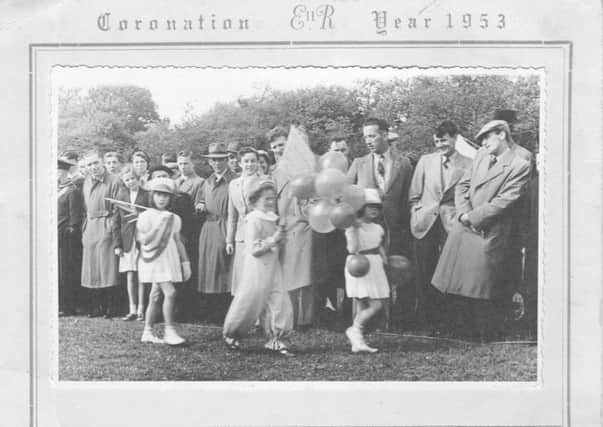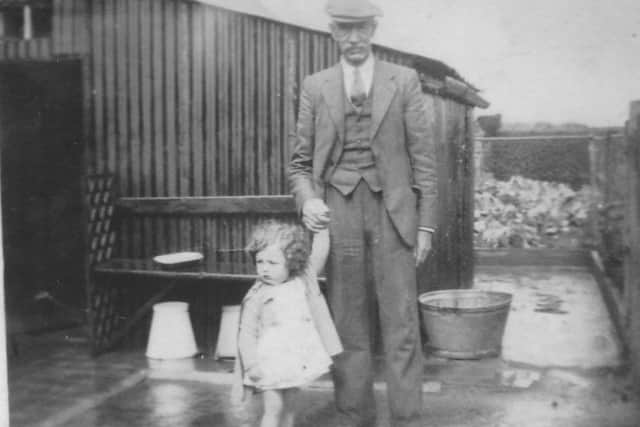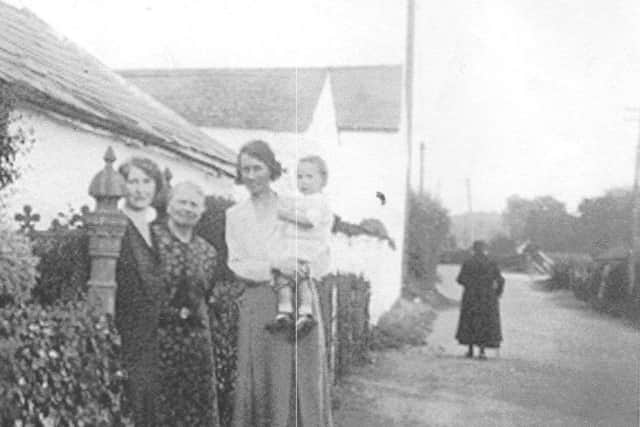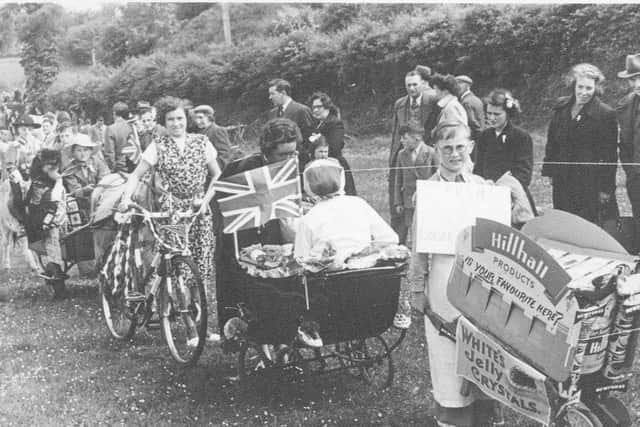A history group that collects, compiles and enjoy the craic of sharing times past


Roamer’s page has always depended for the bulk of its content on News Letter readers’ nostalgic stories and yarns from days of yore, and accounts and photos from anyone interested in local history, reminiscences and folk-legends.
Much of this comes from local history groups of all sorts, shapes and sizes from every corner of Northern Ireland and further afield, who have shared many memorable stories here down the years.
Advertisement
Hide AdAdvertisement
Hide AdIt has been my privilege to attend numerous gatherings in libraries, museums, and community halls where our unique history is researched, nurtured, compiled, retold and re-lived.


(I found Gilnahirk’s Tuesday Club to be very friendly and hugely inspiring a few days ago!)
It’s Roamer’s fervent belief that you don’t have to roam too far in Ulster to discover an intriguing past – indeed, you don’t have to roam at all – it’s everywhere, and all that’s required is someone to collect it and share it.
Which is what a local social history group has been doing on the first Monday of every month since last June in Ballycairn Presbyterian Church’s Montgomery Hall on Ballylesson Road.
Advertisement
Hide AdAdvertisement
Hide Ad“That’s the low road from Shaw’s Bridge to Lisburn,” explained group-founder Lorraine Kidd. “Anyone interested will know where it is.”


The group’s 30 or so attendees focus on the Edenderry, Ballylesson, Milltown and Purdysburn areas and get together to “reminisce, collect and share old photos and copy them,” Lorraine told me.“We’re very well supported and we’ve sometimes got visiting speakers too.”
They also provide family-tree advice, compile local stories, and keep records of times gone by “something to pass on to future generations,” Lorraine added enthusiastically.
“Families shouldn’t throw out old photographs,” she implored. “They should keep all the old stories. We’re particularly interest in stories about old houses in the area.”
She once lived in one herself!


Advertisement
Hide AdAdvertisement
Hide Ad“My great grandfather lived in Giant’s Ring house after he got married in the 1800s,” Lorraine explained, adding: “It was quite a substantial farmhouse with a yard and outhouses. My mother and father lived there too, and I did as well till I was 21 and it’s still there.”
She listed just some of the other historic places in the area.
The Giant’s Ring itself is quite well known as a prehistoric enclosure, over 200 metres in diameter, with a dolmen in the centre.
The big earthwork circle, one of the finest in the UK and Ireland, is a beautiful example of a “henge” monument, built around 2,700BC during the Neolithic period.
Advertisement
Hide AdAdvertisement
Hide AdIn the middle of the circle there’s a tomb made up of five upright stones and a large capstone, the bare frame of what was originally a chambered grave, covered with a cairn of stones and earth.
As if they were old friends, Lorraine also listed Edenderry Factory, Terrace Hill House, and Belvoir House and park amongst the huge number of local places of interest in the area.
And she mentioned some lesser-recounted people from the past who once trod the local roads, lanes and byways, such as Frederick Russell (1811-76) who was Terrace Hill’s first owner.
The original house of circa 1856 was said to have been commodious, with expansive servants’ quarters.
Advertisement
Hide AdAdvertisement
Hide AdAt least as early as 1780 there was a bleach-green in Edenderry which belonged to John Russell, but in the 1830s the Russell family gave up linen bleaching and converted their premises into a flour-mill powered by water.
Freddy’s Steps were first constructed by Frederick Russell in late 1800s and are the most direct route to Terrace Hill viewpoint at Minnowburn.
When Russell died, Terrace Hill House was briefly occupied by the Ferguson family before becoming the home of Matthew Coates, who lived there with his wife around 1898.
In the early 20th century Terrace Hill was purchased by Edward (Ned) Robinson, proprietor of Belfast’s Robinson and Cleaver’s department store. He demolished the original Terrace Hill House and in 1936 built today’s building with some magnificent lawns and gardens that are now with the National Trust.
Advertisement
Hide AdAdvertisement
Hide AdAs she sped through her lengthy list of interesting local people and places Lorraine also mentioned the Batts family – of military and banking fame – and “there used to be a good scout group, and a girl guides group. They all seem to have gone now,” Lorraine lamented.
“We’ve got some wonderful old photos of them in Coronation Year (1953) when they dressed up for the celebrations,” she added, and has kindly shared some of them here today. Anyone who’s interested in joining with Lorraine and her history group is cordially welcomed to go along this Monday, April 1 to Ballycairn Presbyterian Church’s Montgomery Hall on Ballylesson Road at 11am until 1pm. Refreshments are available for a (very!) small donation of £1 and amongst the topics under discussion are “smells, food, materials and things that are no longer around,” said Lorraine
“Come along, if only for the craic!” she added, and if you want to know more about the history group, email [email protected].